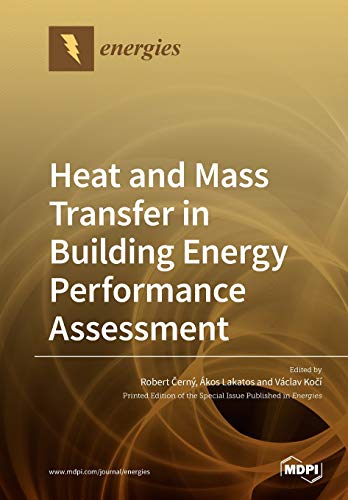

Most ebook files are in PDF format, so you can easily read them using various software such as Foxit Reader or directly on the Google Chrome browser.
Some ebook files are released by publishers in other formats such as .awz, .mobi, .epub, .fb2, etc. You may need to install specific software to read these formats on mobile/PC, such as Calibre.
Please read the tutorial at this link: https://ebookbell.com/faq
We offer FREE conversion to the popular formats you request; however, this may take some time. Therefore, right after payment, please email us, and we will try to provide the service as quickly as possible.
For some exceptional file formats or broken links (if any), please refrain from opening any disputes. Instead, email us first, and we will try to assist within a maximum of 6 hours.
EbookBell Team

4.0
6 reviewsThe building industry is influenced by many factors and trends reflecting the current situation and developments in social, economic, technical, and scientific fields. One of the most important trends seeks to minimize the energy demand. This can be achieved by promoting the construction of buildings with better thermal insulating capabilities of their envelopes and better efficiency in heating, ventilation, and air conditioning systems.
Any credible assessment of building energy performance includes the identification and simulation of heat and mass transfer phenomena in both the building envelope and the interior of the building. As the interaction between design elements, climate change, user behavior, heating effectiveness, ventilation, air conditioning systems, and lighting is not straightforward, the assessment procedure can present a complex and challenging task. The simulations should then involve all factors affecting the energy performance of the building in questions.
However, the appropriate choice of physical model of heat and mass transfer for different building elements is not the only factor affecting the output of building energy simulations. The accuracy of the material parameters applied in the models as input data is another potential source of uncertainty. For instance, neglecting the dependence of hygric and thermal parameters on moisture content may affect the energy assessment in a significant way. Boundary conditions in the form of weather data sets represent yet another crucial factor determining the uncertainty of the outputs. In light of recent trends in climate change, this topic is vitally important.
This Special Issue aims at providing recent developments in laboratory analyses, computational modeling, and in situ measurements related to the assessment of building energy performance based on the proper identification of heat and mass transfer processes in building structures.
Potential topics include but are not limited to the following: